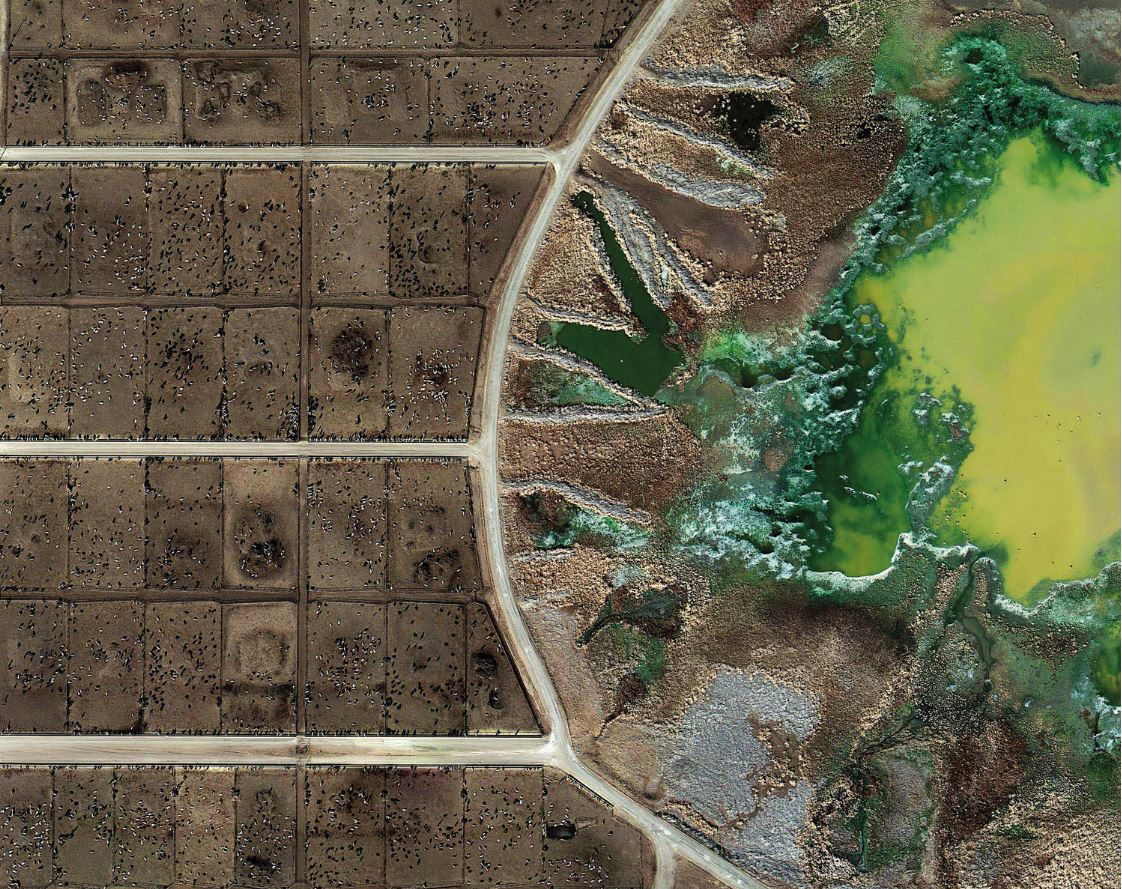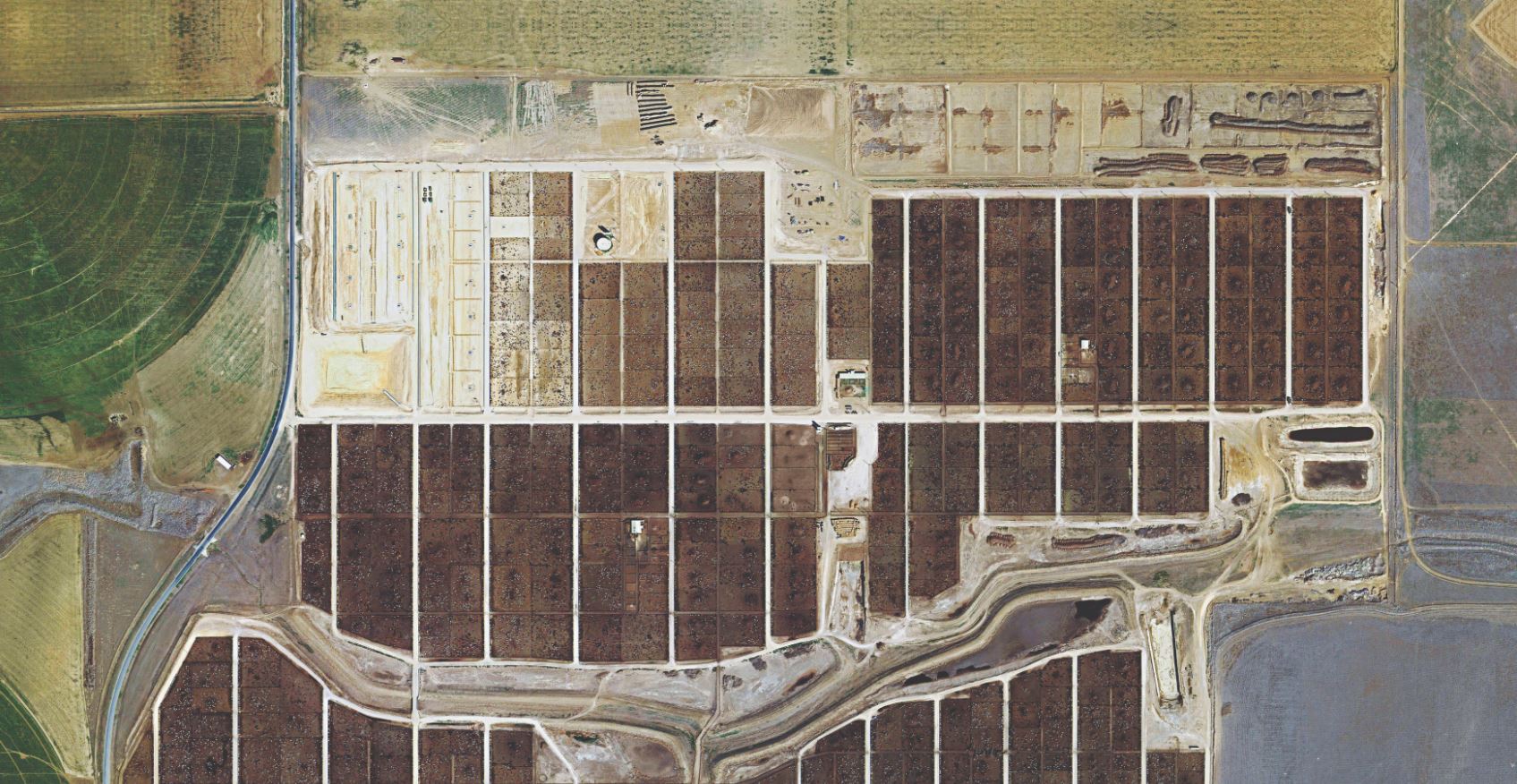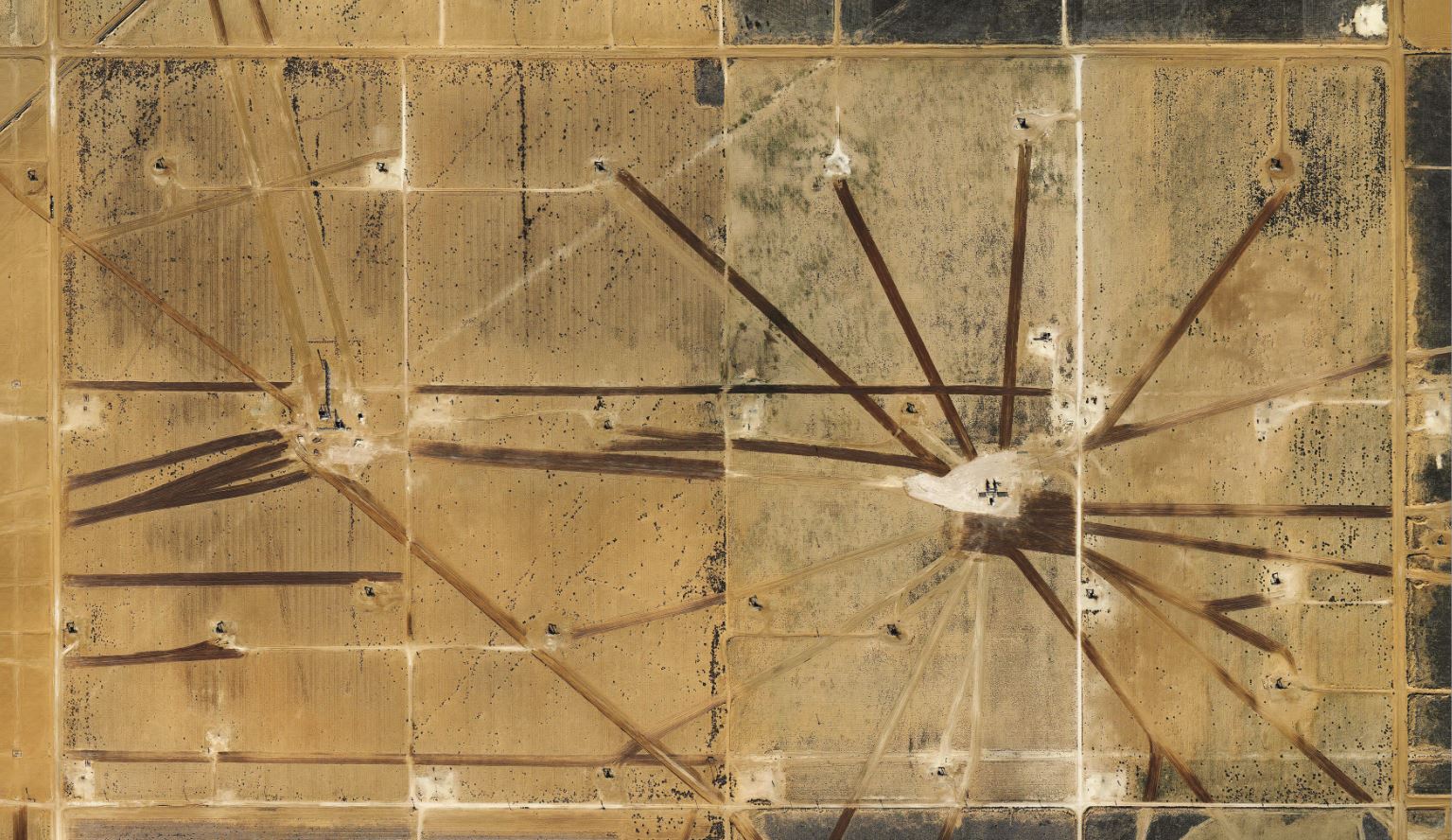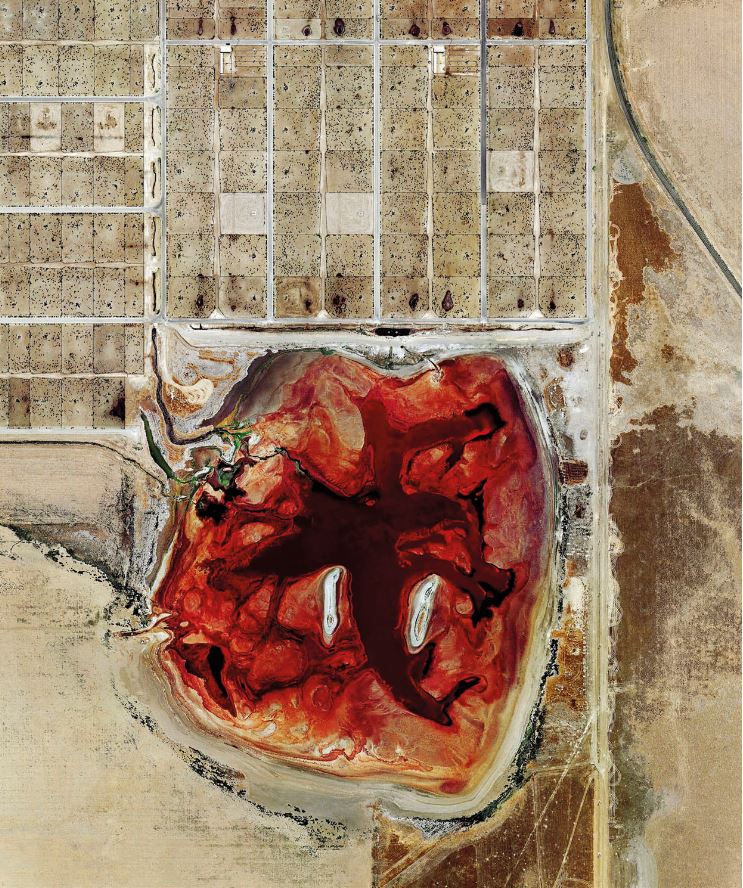The Pixelised Truth
Mishka Henner, Web Geologist

Mishka Henner belongs to a new generation of artists who create works from satellite images, particularly the ones published by Google Earth. As a geologist of the Web, he explores it in depth, searching for images that he extracts and studies. He appropriates them in his own way, unveiling the failings of our modern society... which are not always easily detected from the ground.
INTERVIEW
Sustainability MAG: You use Google Earth, an instrument that is deeply rooted in our daily habits, to show the impacts of our human behavior on the environment. How did you get this idea?
Mishka Henner: When Google Earth became available, I became obsessed with watching our planet from above. I spent huge amounts of time in front of the screen contemplating details in the landscape that were impossible to see on the ground. I realised that by working with a tool like this, I could make something far more authentic than with other tools I’d used, because a tool like this had no history. So many other tools like the paintbrush, the pencil, the film camera, all come with established histories and as an artist, it’s easy to become trapped in those narratives and aesthetic paradigms. One of the hardest things to do is to see things as they are, not as we want them to look, or how we wished they looked. So in that sense, working with Google Earth was really quite liberating. It came without any baggage.

Tascosa, Feedyard, Bushland, Texas
You use this tool as a wake-up call to highlight that we live in a world where we are forced to be constantly monitored, thereby affecting our privacy. And yet you use it as well as a positive and media tool to raise awareness about the new societal challenges...
Yes, the surveillance use of new technologies is a controversial subject that’s now being talked about almost every day. On the one hand, they can be perceived negatively as a violation of our freedom, but at the same time I think they offer a lot of potential for citizens, allowing us to see things we couldn’t see before. When I started making work with Google Earth eight years ago, I thought it wouldn’t be long before everyone was working like this. But in fact, that’s not been the case. I realise now that I was developing a new method for making work and many people still aren’t aware of its potential.

Friona, Feedyard, Parmer County, Texas / “I not only see gigantic farms, but also a worrying attitude towards life and death that exists in contemporary culture”
Who is your most receptive audience?
I like to make work that anyone can have access to, not just people educated in art theory or art history. And in that sense, I feel I’ve been successful with a number of projects. In 2012, I started researching feedlots in the United States. I came across these huge farms on Google Earth and had no idea of what I was seeing: the mass and density of black and white dots seemed almost microbial. But I quickly understood that these structures were maximising the growth of cows in a minimum amount of time for the highest profit. The meat industry is a subject of significant moral and ethical responsibility. But when I think of these images, I not only see gigantic farms, but also a worrying attitude towards life and death that exists in contemporary culture. These images generated a buzz across America because they revealed a hidden horror at the heart of our way of life, something that had been hidden away from citizens.

Levelland Oil and Gas Fields, Texas
Do you believe in change?
Whether changes are going to happen? That would be good, I'm trying to believe in it. I have two children and they don’t deserve to bear the disasters of their ancestors. However, money, greed, and the defense of private property are at the heart of our society. If we want things to change, we must admit our share of responsibility review our "raison d'être" and rethink our relationship with Nature. I think that the new generation is aware of it, but the planet is bigger than us, if we disappear tomorrow, homo sapiens will only have been a blip in the history of Earth. That’s why we must react quickly and find solutions to our environmental, destruction. People are changing their habits but it doesn’t seem to me to be enough. That's one reason why my work tries to "shock" and challenge mindsets.

Conorado Feeders, Dalhart, Texas
Did your photographs make a change?
The photo of the red lake on a factory farm helped activists change a law in the US that restricted the visibility of these sites. Something I could never have imagined and I have great pride in that. With the Internet, we can move things regardless of our social position, origin, etc. The very idea that a single citizen can change the way we see and think about things is what motivates me and keeps me optimistic.
MISHKA HENNER
Born in 1976 in Brussels, Mishka Henner lives and works in Manchester, UK. He is the bearer of the ICP Infinity Award for Art 2013 and the Kleine Hans Award 2011. His works have been exhibited at the International Center of Photography in New York, the Photographers' Gallery and the Whitechapel Gallery in London, the Pompidou-Metz Center, the Wien Fotogalerie in Vienna, the FotoMuseum in Antwerp and the Rencontres d'Arles. His work is part of the public collections of the Center Pompidou in Paris, the Museum of Fine Arts in Houston, the Tate Collection and the Cleveland Museum of Art. In Luxembourg, his works have been exhibited at the Galerie Clairefontaine and at an IMS event.




